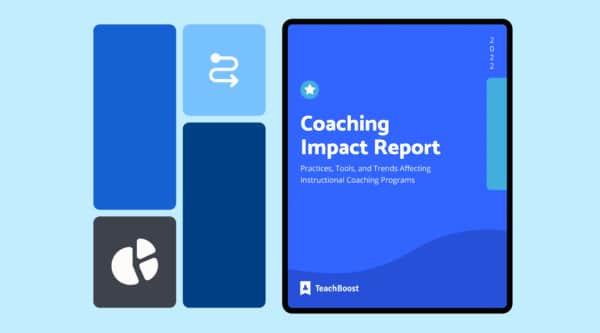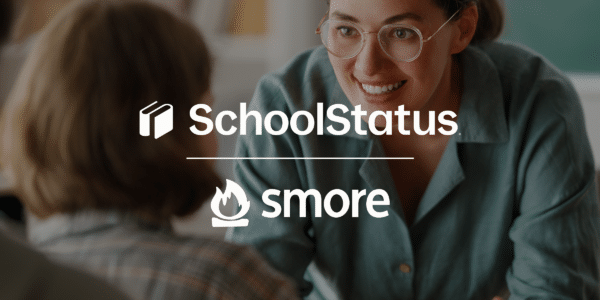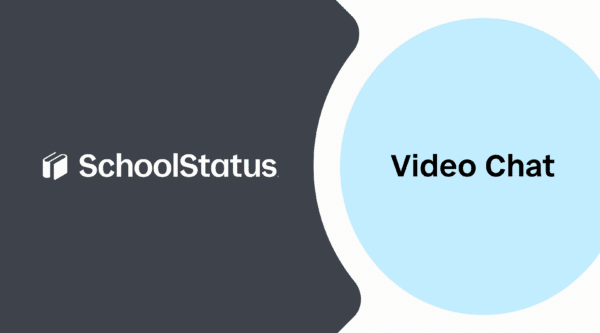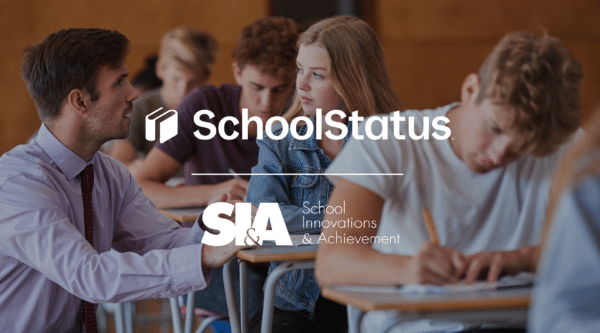
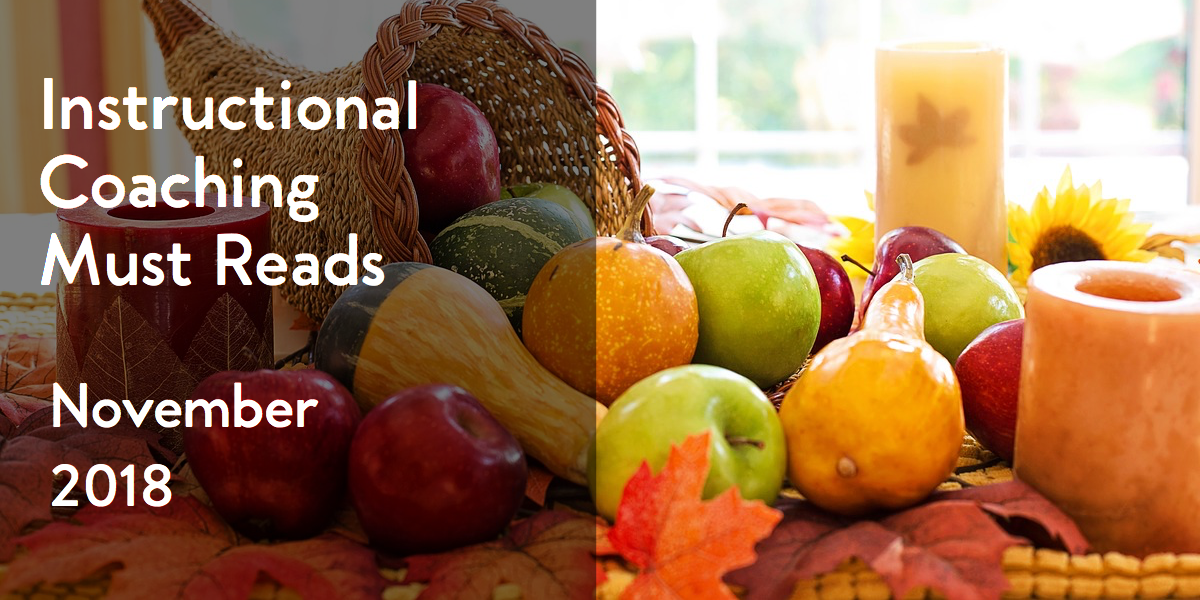

We’re incredibly thankful this year for instructional coaches like you who join us and help create such a wonderful community! Enjoy some of the top coaching articles from our weekly coaching roundups this past month on the different types of co-teaching, ways to make feedback more meaningful, how to hone your presentation skills, the benefits of student-centered coaching, and more. Enjoy!
Are you aware that building quality relationships is key to successful coaching? Coaches cite relationships as one of the most time-intensive parts of their job, and it takes a lot to get it right. TeachBoost Coach helps you build and reinforce the relationships that will create instructional shifts in the classroom.
{{cta(‘5bdfbc49-5aed-4b6c-9b54-853973968f5e’)}}
Co-Teaching: Lions, Tigers, and Bears, Oh My!
Dr. Fran Rogers and Austin Greene share three approaches and examples to co-teaching and how to practice them in a teacher-coach partnership.
“Co-teaching is often underutilized and a best-kept secret, and it’s time to ‘let the cat out of the bag’ in order to provide access to all educators. If we are not careful, co-teaching falls right into this category of surface level intimidation, leaving educators unaware of the possibilities of quality implementation.”
Honing Your Presentation Skills
Cailin Minor offers 10 go-to moves coaches can use while presenting in PD sessions, trainings, and even working with an individual teacher.
“Story telling is a powerful tool to use when presenting. Whenever I see people nodding along while I’m doing a workshop, it’s usually when I’m telling a story or giving personal examples. . . . Narrative has great power to shape our thinking and learning. It makes what we are learning memorable and grounds it in our daily lives.”
ABCs of BDA: The Before, During, and After Coaching Cycle
Ellen Eisenberg reveals what goes into a “before-during-after” coaching cycle and how it can increase collaboration through deliberate conversation.
“The BDA cycle sets the tone and reiterates the seriousness of the coaching collaboration. It’s a planned conversation that maximizes the time for collaboration, collective problem-solving, and consultation.”
Student-Centered Coaching and PLCs
Diane Sweeney provides a playbook for creating harmony between PLCs and student-centered coaching.
“The goal is to create partnerships that lead to a deeper level of shared decision-making and follow through. Teachers choose how they will engage in coaching cycles. They also choose with whom they will engage. Given the personalized nature of coaching cycles, teachers are more able to be vulnerable in ways they can’t be in PLCs.”
Defining Instructional Coaching: It Matters
Steve Barkley reflects on the role of an instructional coach and the value of a shared understanding between a principal and coach.
“The common ground for deciding about investing in instructional coaching really should be the degree to which one believes that changing teacher learning, beliefs and skill development will produce increased student learning outcomes. To assess the value of instructional coaching, it’s critical to know ‘how coaches’ time is spent.’ Principal/coach partnerships need to match coaches’ time usage to desired outcomes.”
Making Feedback Meaningful
Kaneland Coaches differentiate the types of feedback in education and how they can be implemented in the classroom.
“We all need feedback of some sort, any sort. . . . In education, feedback happens in multiple ways: self-reflection, peer feedback, and teacher feedback.”
{{cta(’34b13594-505a-497a-8a75-16ae35acf14d’)}}
Have some interesting instructional leadership news?
Share it with TeachBoost and we’ll highlight it here!
Stay Connected
News, articles, and tips for meeting your district's goals - delivered to your inbox.





